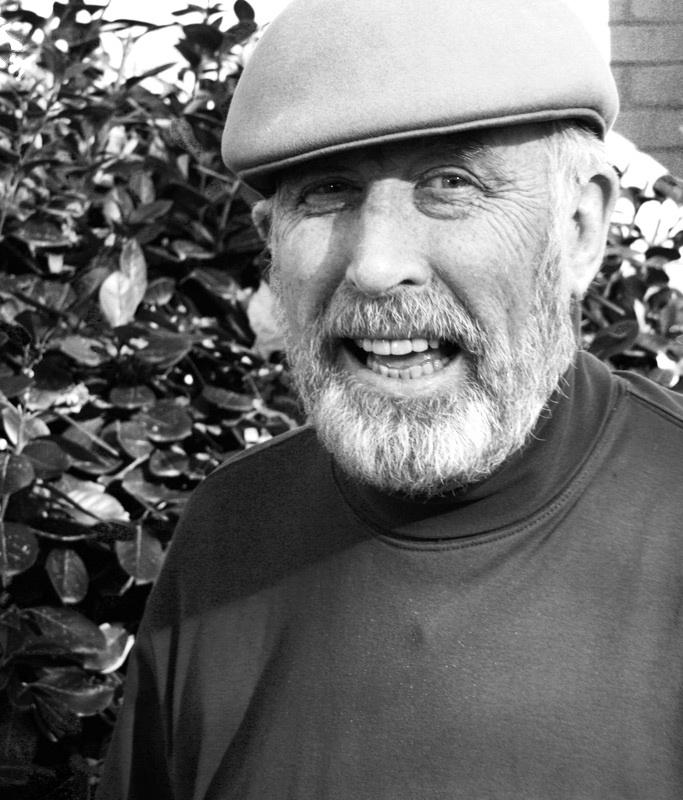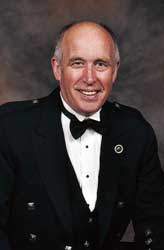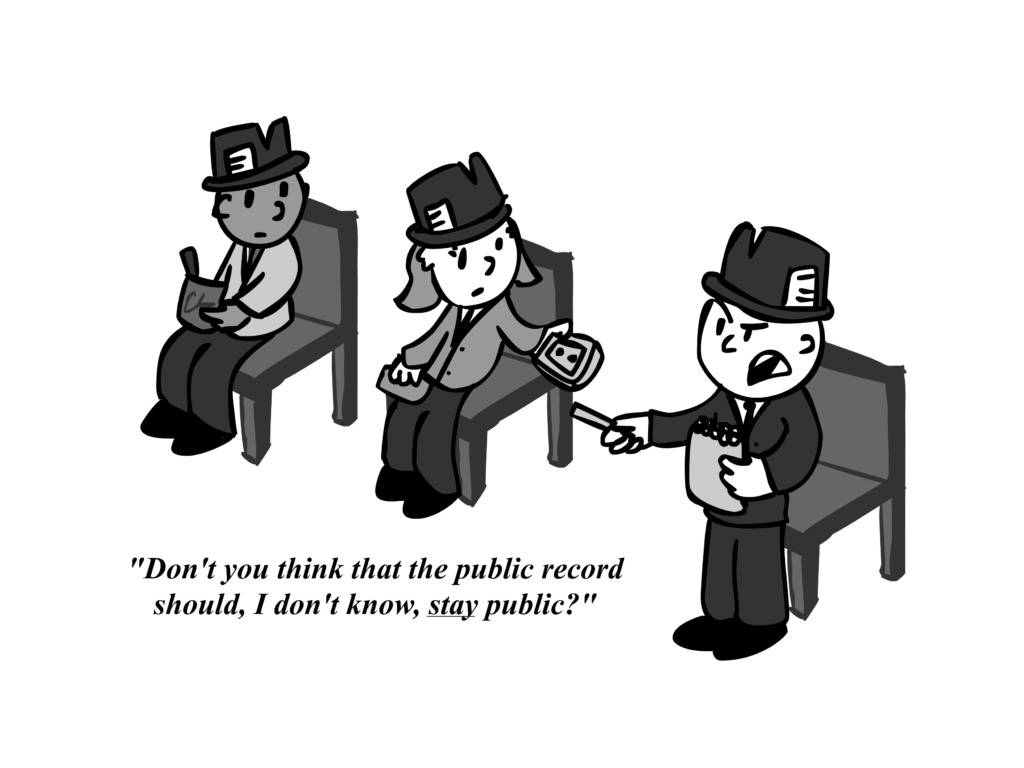Spring Break has come.
This long-standing seasonal phenomenon is actually a relatively new arrival on the long list of university traditions.
We rarely pause to think about its origins, so happy are we to hit the snow-lined trail to the Tennessee border and points south. Very, very south.
In fact, paleolithic man (and woman) did not indulge in this annual worshipping of the sun.
There is no written record of any paleolithic Spring Break, probably due to the absence of any functioning paleolithic colleges and universities.
During this period in human development, education was restricted to very simple forms of training and thought such as gathering berries, hunting for elk, moose and rotarians and writing legislation for Congress.
The medieval university featured long, boring lectures, uninteresting dining options and excessive drinking. Since that time, however, a few things have changed, to wit: professors now take attendance. Spring Break, however, did not occur.
In fact, medieval students like Prince Hamlet of Denmark (see Shakespeare’s laugh-filled madcap comedy about a misunderstood undergrad and his sidekicks Horatio, Rose Encrantz and Gilda Stearns) might not try to go home once in a four-year period.
Hamlet is obviously a work of fiction because he was always popping back to the house to kill some old servant, attend a girlfriend’s funeral or go to the theater.
When you’re going to school in Paris (France – not Tennessee) and they don’t take attendance, why go home in the first place?
It is not until the democratization of college in the early 20th century that we encounter a holiday set in the first semi-warm months of March and April. The reason for this holiday is found in the agricultural base to the American economy.
In planting season, we need all hands on deck (or, “in the dirt,” as may be).
So, students who were not princes or trustfund babies would take time off from diligent study to go home to help plant, gobble up the last of the previous year’s smoked ham and pickled boysenberries and check out the local farm girls before heading back to college.
Two important developments freed the college student from this annual trip to serve as unpaid farm labor: the invention of the motorized tractor and big-time college basketball.
First, parents found they could get more done without the interference of students who a) needed to do two months of laundry in five days, and b) thought they knew more than their parents because they had read Silas Marner, Anna Karenina and Three Thousand Jokes About Sheep and Chickens.
Second, universities began to demand the attendance on campus in order to increase the size of the crowds at sports venues. During the time of which we speak, popcorn and lemonade sales were a significant part of school budgets.
Even though this revenue source was later replaced by parking stickers and parking fines, big-time college basketball had made its mark right in the middle of the season of Spring Break.
The impact of this phenomenon created a boom in the American economy as inventors leapt at the chance to capitalize on this opportunity.
It was Henry Ford who put the final nail in the coffin of tradition by building an inexpensive automobile capable of carrying sun-starved bathing beauties to the warm shores of the Atlantic and gulf coasts.
It only remained for Georgia and Alabama to build the necessary highways for students at schools without one of the 2,087 teams who qualified for one of the 38 national tournaments.
This happened in the 1950s as part of President Eisenhower’s primary initiative to increase the number of gas stations and peanut stands in Georgia and Alabama.
And that is why, to this very day, as this newspaper is being dropped at kiosks and stands all over campus, 55 percent of the students will have already taken flight on a well-deserved vacation celebrating their sincere promise to, “Take all my books with me and catch up on my studying while I’m soaking up the rays.”
Yeah, right.
Well, that’s my story, and I’m sticking to it like sand to a sandwich.
Editor’s note: Portions of this essay are subject to verification before being accepted as factual. For instance, there is no reliable information supporting my assertion that paleolithic man hunted moose, or that anyone takes a book on Spring Break.
Column by Robert Valentine, Senior lecturer in advertising































































































Hal Walker • Mar 13, 2014 at 12:54 pm
Was this written by a complete idiot, or just a partial idiot?